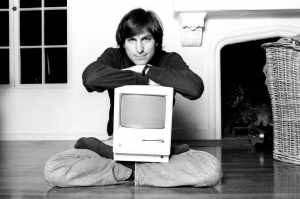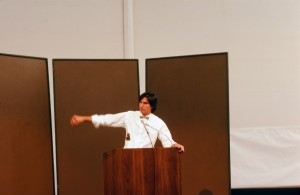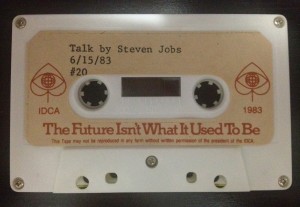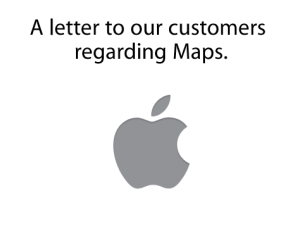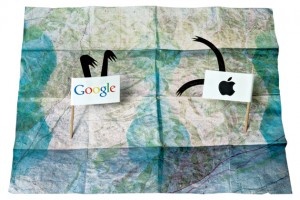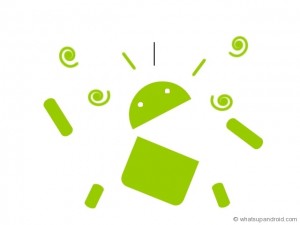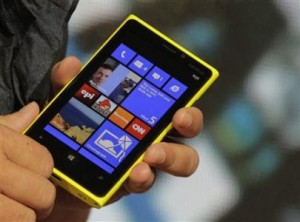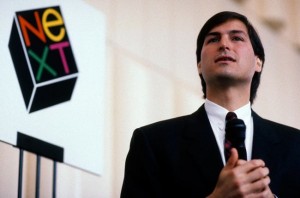 I write another blog that focuses on technology history, This Day in Tech History. During my research for today, I found that October 12 was the day back in 1988 where Steve Jobs’ NeXT, Inc. introduced their first computer, simply named the NeXT Computer. While the NeXT Computer was never commercially successful, it should be noted that the operating system for the NeXT Computer is the direct ancestor of Mac OS X which was the foundation of the iOS, which of course runs the iPhone and iPad. On the heels of the Lost Steve Jobs Speech from 1983, I thought it was interesting to note that the seeds of the iPad were planted in the 80’s as well.
I write another blog that focuses on technology history, This Day in Tech History. During my research for today, I found that October 12 was the day back in 1988 where Steve Jobs’ NeXT, Inc. introduced their first computer, simply named the NeXT Computer. While the NeXT Computer was never commercially successful, it should be noted that the operating system for the NeXT Computer is the direct ancestor of Mac OS X which was the foundation of the iOS, which of course runs the iPhone and iPad. On the heels of the Lost Steve Jobs Speech from 1983, I thought it was interesting to note that the seeds of the iPad were planted in the 80’s as well.
It is also interesting to note that Steve Jobs said that NeXT Computer was five years ahead of its time in 1988, just as he said the iPhone was five years ahead of its time in 2007. I wonder if staying five years ahead of the rest of the industry was Steve Jobs’ strategic plan for Apple – and if Apple is committed to it now.
